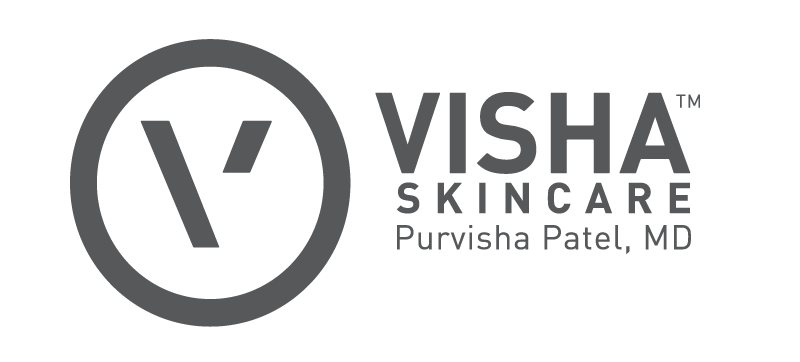
The List posted "Here's How To Prevent Face Mask Irritation" featuring Dr. Purvisha Patel's expert commentary.
Whether it's because we're fearful of becoming infected with COVID-19, or we just want to be prepared in case the sudden urge for a Costco run strikes while we're out and about (since that retailer has made face masks de rigueur for shoppers), everyone knows that face masks are the must-have accessory item for 2020. The CDC said it, and we must all acknowledge it to be true — face masks are an important part of controlling the spread of COVID-19, and if we want to leave our homes, using face masks is a small (if annoying) price to pay for saving lives.
Whether your mask is store-bought or homemade, plain-Jane or sequined and sparkly, there's bound to come a time where it may prove to be a bit uncomfortable. Sadly, that's par for the course — in order to be effective, a face mask needs to be close-fitting, but the tighter a mask fits, the more friction your skin's going to feel. Real Simple shares that face masks also trap the moisture from your own breath against your skin, and friction plus dampness is not really the best environment for your skin.
How to keep your skin safe under the face mask
Karen Ousey, a professor at the University of Huddersfield in the United Kingdom, notes that face masks are causing constant-wearers to experience skin inflammation, pressure ulcers, skin tears, and even infections. In order to avert this type of skin damage, she told Real Simple that it's important to take your mask off at least every two hours to give your skin a break, and to remove it as soon as you can safely do so if you feel any chafing.
Glamour also suggests that the fabric of the mask is something you should keep in mind before you purchase or DIY your next one. Natural fabrics are preferred, as synthetic ones will tend to be more irritating to skin. For the best compromise between allowing your skin to breathe and keeping your germs in, NYC dermatologist Shari Marchbein, M.D. recommends that you use a mask made up of several layers of tightly-woven cotton. And of course, it's important to make sure that your mask is cleaned often.
Prepare your skin for mask-wearing
Your skin should be clean, as well, washed with a gentle, non-irritating cleanser prior to putting on your mask. You should also be moisturizing — Purvisha Patel, MD, a board-certified dermatologist, says to apply a moisturizing cream (she recommends a ceramide-based one) at least half an hour before you intend to put on a mask. That way, your skin will form a protective barrier against any friction from the cloth. Joshua Zeichner, M.D., director of dermatology at NYC's Mount Sinai Hospital, suggests keeping to just the gentlest of cleansers and moisturizers so your skin is less likely to become dried out, and irritated while under a mask.
It is also a good idea to skip the makeup entirely for now, at least in those areas that will be covered by the mask. For one thing, why bother if no-one's going to see it? For another, it will just wind up smudged when you take the mask off anyway. And for a less-frivolous reason, makeup may also lead to skin irritation when worn under a face mask. If you feel naked without your warpaint, you can still experiment with the latest eyeshadow trends, but if you're brave enough, why not take this opportunity to experiment with an entirely makeup-free look, and enjoy the benefit of healthy skin?
